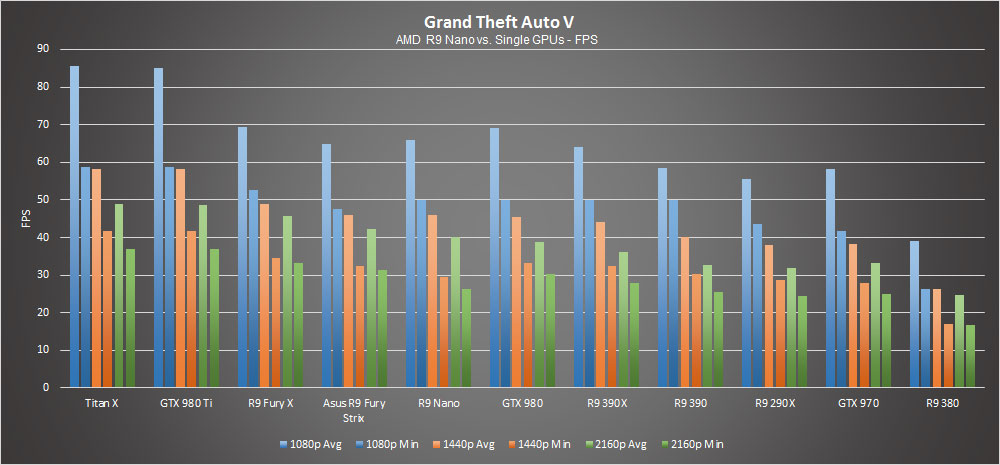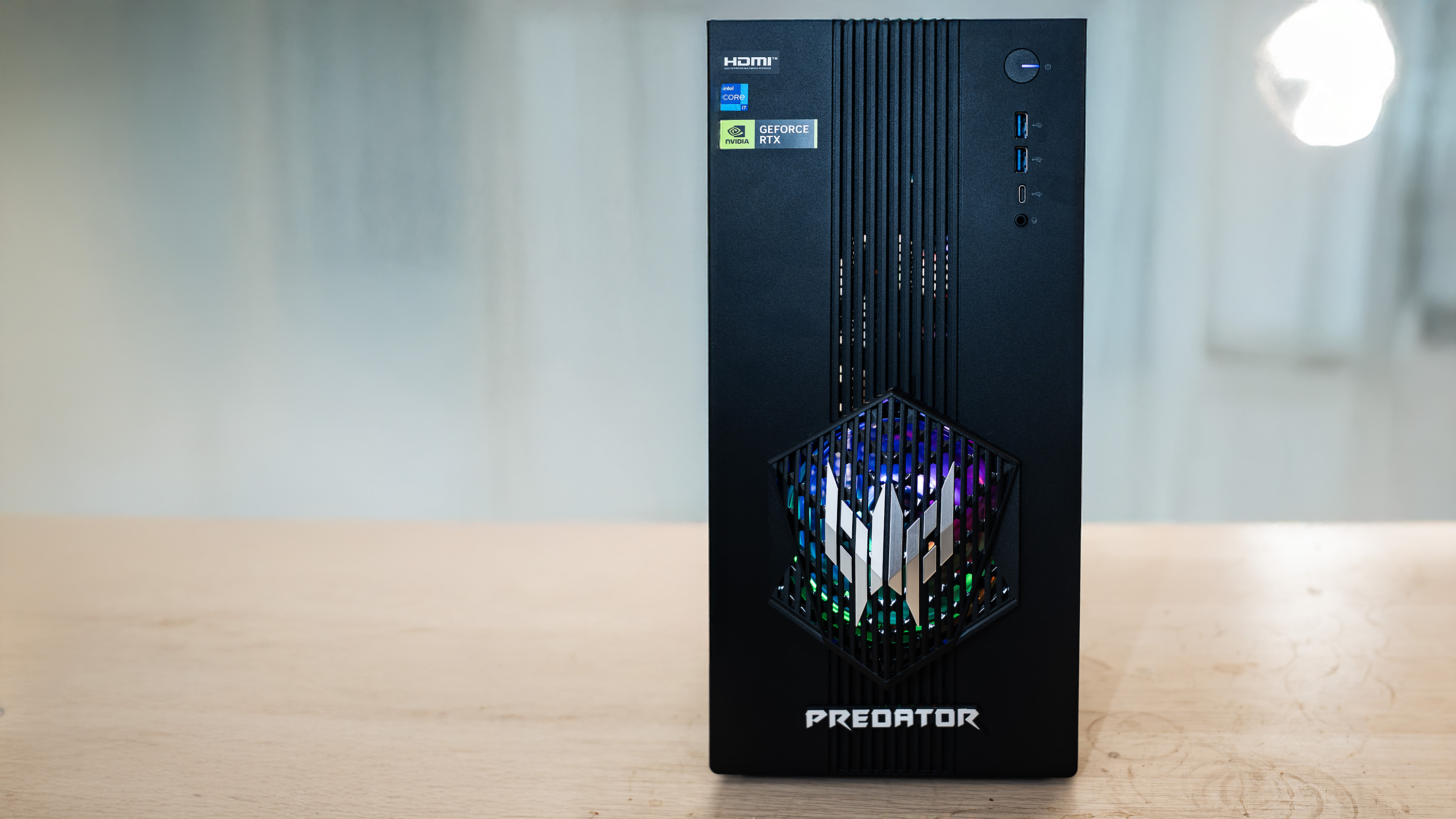AMD Radeon R9 Nano verdict

AMD's R9 Nano is a hell of a little graphics card, delivering near-R9 Fury X performance in a compact mini-ITX form-factor. It's also expensive—very expensive—at $650, matching the price of the full-size Fury X and Nvidia's 980 Ti. Is it worth that pile of dollars?
Our colleagues at Maximum PC have been testing the R9 Nano for over a week (AMD only sent us one card to share), and found that the Nano "is really an astounding GPU in many respects. It shows how with a bit of tuning, Fiji can go from being a 275W monster to a 175W tiny terror. Put the Nano next to most other GPUs and you’d expect it to deliver inferior performance, but in many cases it doesn’t. The density and space requirements of HBM are a huge win in this regard; look at the area used for GDDR5 on a 6GB 980 Ti graphics card or even a 4GB GTX 980 and compare that with the Fiji package that contains memory and GPU in less than half the space and you can see why most other GPUs can’t hope to go as small as the Nano. But while there’s no question it’s the fastest GPU in its size class, that doesn’t mean it’s the right GPU for you."
What does that mean? If you're not building a small form-factor PC, there's little reason to buy the R9 Nano over a larger graphics card. You'll get more performance out of a Fury X or 980 Ti, or can still choose high-end performance with a much cheaper card like a GTX 970. But if you are building a tiny PC, it's the most powerful card you can buy.
Let's look at some quick performance results to put things in perspective.

Maximum PC writes: "What we find is that R9 Nano falls just a few percent shy of the R9 Fury, and about 11 percent behind the R9 Fury X, just as you’d expect from the clock speeds and TDP. The gap also tends to be larger at higher resolutions, which means R9 Nano has to reduce clock speeds more under heavier loads—nothing too surprising there. AMD’s preview of the Nano claimed performance up to 30 percent higher than the R9 290X and GTX 970; our own testing has the 290X outperforming the GTX 970 by 12 percent on average, with the R9 Nano in turn beating 290X by 20 percent on average, and GTX 970 by 34 percent on average."
You can read a ton more, with more benchmarks and analysis, in Maximum PC's full review.
Keep up to date with the most important stories and the best deals, as picked by the PC Gamer team.

Wes has been covering games and hardware for more than 10 years, first at tech sites like The Wirecutter and Tested before joining the PC Gamer team in 2014. Wes plays a little bit of everything, but he'll always jump at the chance to cover emulation and Japanese games.
When he's not obsessively optimizing and re-optimizing a tangle of conveyor belts in Satisfactory (it's really becoming a problem), he's probably playing a 20-year-old Final Fantasy or some opaque ASCII roguelike. With a focus on writing and editing features, he seeks out personal stories and in-depth histories from the corners of PC gaming and its niche communities. 50% pizza by volume (deep dish, to be specific).

